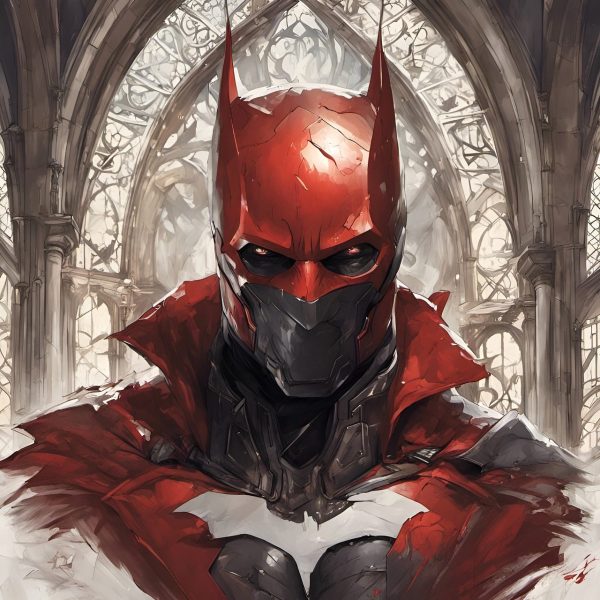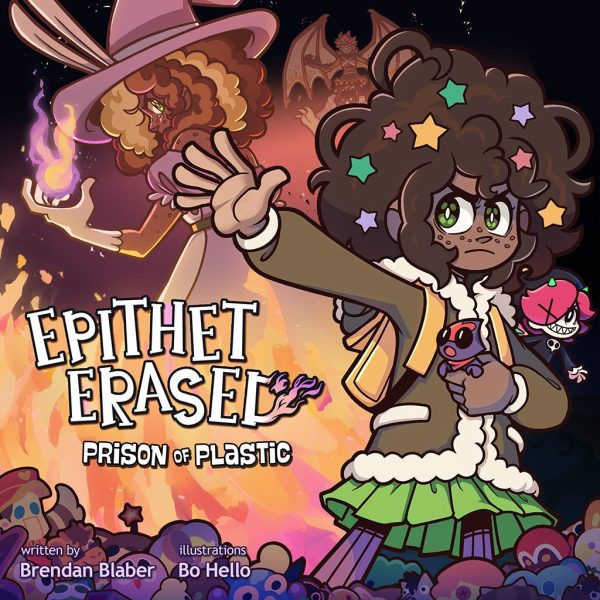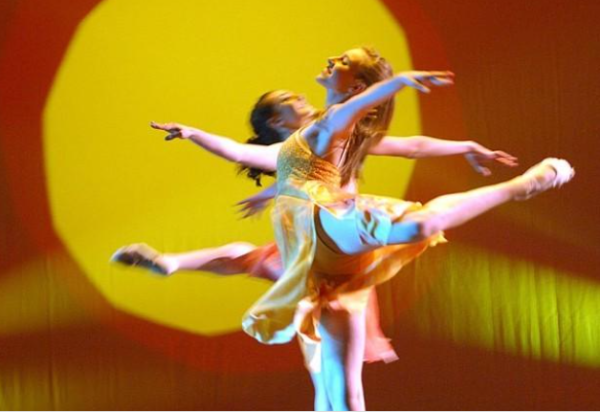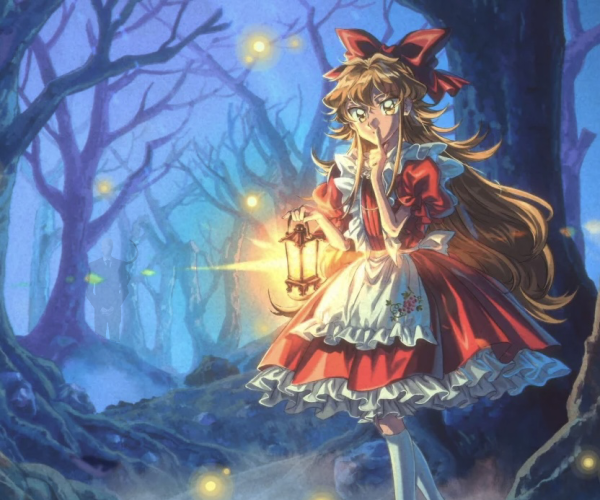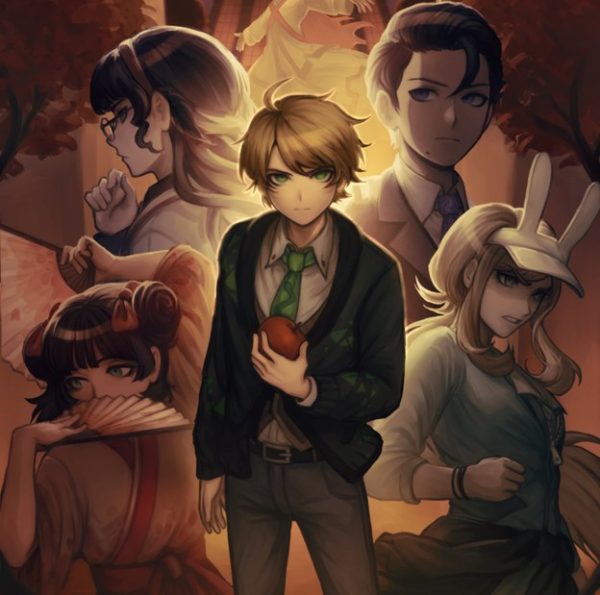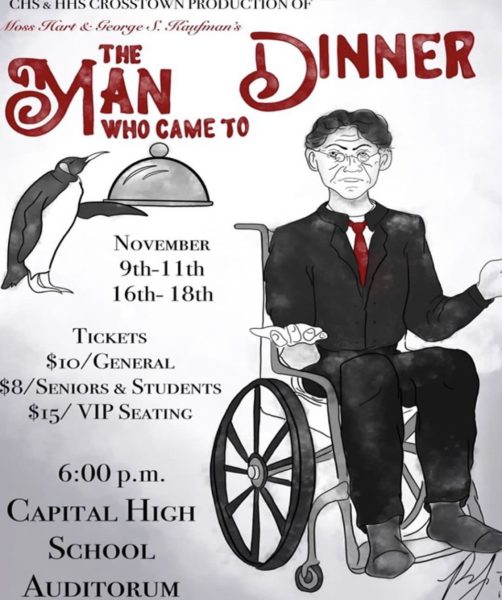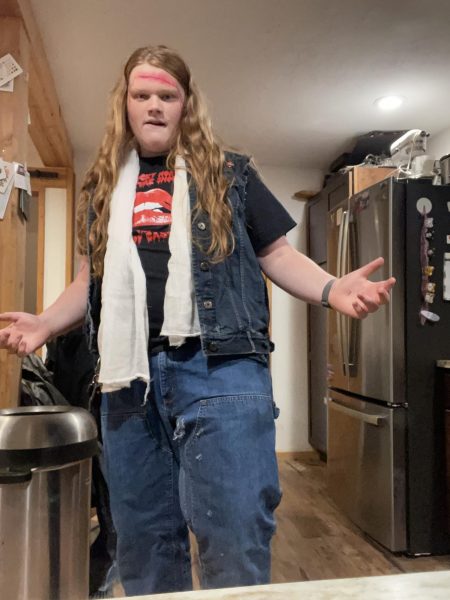The Sass is Strong With This One
Review of Rogue One: A Star Wars Story
February 10, 2017
Describing Rogue One: a Star Wars Story is a daunting task, so I’ll let Mark Hamill, aka Luke Skywalker, explain it in meme from his Twitter: “it is a sequel to the prequels of the sequels of the prequels that are the originals in which this is a prequel of, but not a sequel to the sequel of the originals.” If that sounds confusing, it may help to know that many refer to it as: “Episode 3.5.”
From its large box office number of $1.034 billion, to its inclusion of well known characters from previous episodes, Rogue One solidifies its place among the Star Wars saga.
Rogue One is the story of a single mission: get the plans to the Death Star, the Empire’s ultimate weapon, into the hands of the Rebellion. It follows Jyn Erso, a woman with a complicated past and connection to both the Rebellion and the Empire, and Cassian Andor, an emotionally conflicted rebel who has been personally affected by the Empire since a very young age and who has had to make questionable choices in the name of the Rebellion, as they lead a unique group of people on a mission into enemy territory.
The film’s main goal is to set up Star Wars Episode IV: A New Hope, which it does, incredibly, by showing the events that directly precede that film. It answers that 40-year-old question: why is the Empire chasing that tiny little ship? However, beyond that, nothing else happens plot-wise.
Most sci-fi action/adventure films, including other installments of Star Wars, include several subplots that advance the main goal/story, as well as developing the characters. The main subplot in Rogue One is the backstory of Jyn Erso and her father, Galen Erso, the designer of the Death Star. Being the hero of the film and a completely new character, we still don’t really know who she is and, dare I say, we never will.
However, the acting by Felicity Jones and Diego Luna, aka Jyn Erso and Cassian Andor, is really fantastic. They are just as flawless as Harrison Ford, Ewan McGregor, Carrie Fisher, and other greats from the series. They successfully evoke empathy for their characters despite the audience knowing hardly anything about them.
Other characters from previous episodes are unexpectedly involved in Rogue One, which is a treat for fans. Nevertheless, it is the technology used to include them that’s truly incredible. Particularly, the remaking of Peter Cushing’s likeness of Governor Tarkin. They were able to recreate Tarkin as he appeared in 1977, through the employment of a very similar looking actor, Guy Henry. They bring the classic character back to life using a “head-mounted camera rig, which is designed solely for capturing his facial movements,” said Nigel Sumer, a visual effects supervisor for Industrial Light and Magic studios, in an interview for ABC’s Nightline. From there, they take old molds and figures of Peter Cushing’s face, and digitally paste his mannerisms, voice, and face onto Henry’s close replica. Repeating this a few other times, they incorporate additional impossible cameos into the film.
Another new character in the film was the new droid, K-2SO. In the previous installments, droids, such as C3-PO and R2-D2, provide amazing comic relief in serious scenes. In this film, K-2SO is a great comic relief as well as something more. Unlike other droids, K-2SO is also a deep “human” character who is always looking out for his friends and, despite being a droid, believes in a cause and fights for it.
Darth Vader, the most iconic Star Wars character ever, appears in this film as well. The wait to see him in action once again is well worth it. Darth Vader was represented with his “Anakin-like” humor that hasn’t shown up since the Clone Wars tv show ended in 2014, as well as his enhanced fighting skills not since seen since Episode 3 in 2005. His brief portrayal was amazing and exactly what audiences have wanted to see from him.
One unique element about this movie, compared to other Star Wars films is that there are no Jedi. Don’t panic, that is the beauty of it. The story isn’t about the Jedi versus the Sith; it’s about the real struggle of ordinary people who are affected by the Empire.
One extremely powerful aspect of Star Wars is the music behind the iconic franchise. It is so important that, according to filmbuffonline.com, it has been stored in the Library of Congress due to its impact on our culture. My first thought about Rogue One’s music is: John Williams, where are you? Williams composed the last 7 episodes and created that mesmerizing music. This film’s composer was Michael Giacchino. I love Michael Giacchino’s composition of Star Trek and many others, but this was not one of his best. This may be attributed to the fact that he only had 4 and ½ weeks to compose it.
There are many who think like Peter Debruge from variety.com, who claims “Rogue One is the prequel [original Star Wars fans] always wanted.” So is this film a better prequel to Episode 4, when compared to episodes 1-3? I agree that it’s unique darkness adds a new heaviness to the saga not seen in the other films, but aside from answering one small question raised in the original series, it doesn’t do nearly enough for the series as the original prequels do.
Star Wars is essentially about the journey of the Skywalker family. From Anakin’s turn to the dark side, to his legacy in Luke and Leia, as Jedi and General. They are the family that carries the original storyline. Rogue One doesn’t advance the Skywalker family and the journey of Star Wars, like the first prequels do.
Rogue One does explain where the plans to the Death Star come from, as well as how the Death Star actually works and why Luke Skywalker was able to defeat it with ease. It is a nice filler for the 18 years between Episode 3 and 4, but it does virtually nothing to explain why the original main characters are where they in Episode 4, or really who they are and why they matter. Essentially, Rogue One is about the Death Star.
Even though Rogue One is a separate spin-off film, it is still a part of the Star Wars saga. As a spin-off though, it has that disconnected feel. This is a negative trait for the film because it feels like it simply throws in iconic characters like General Tarkin and Darth Vader, just to call it Star Wars.
Rogue One is definitely its own film but it is also a part of a large ongoing story that is a big part of our culture. It was a great film in its own way and an awkward misfit in others. Nonetheless, it is still a good film worth watching.
Lastly, with the recent premature death of Carrie Fisher, it would not be a Star Wars review without mentioning the iconic actress who brought Princess Leia to life 40 years ago. Everyone in the Star Wars community, and the world, will miss Carrie Fisher, the beloved Princess Leia.





